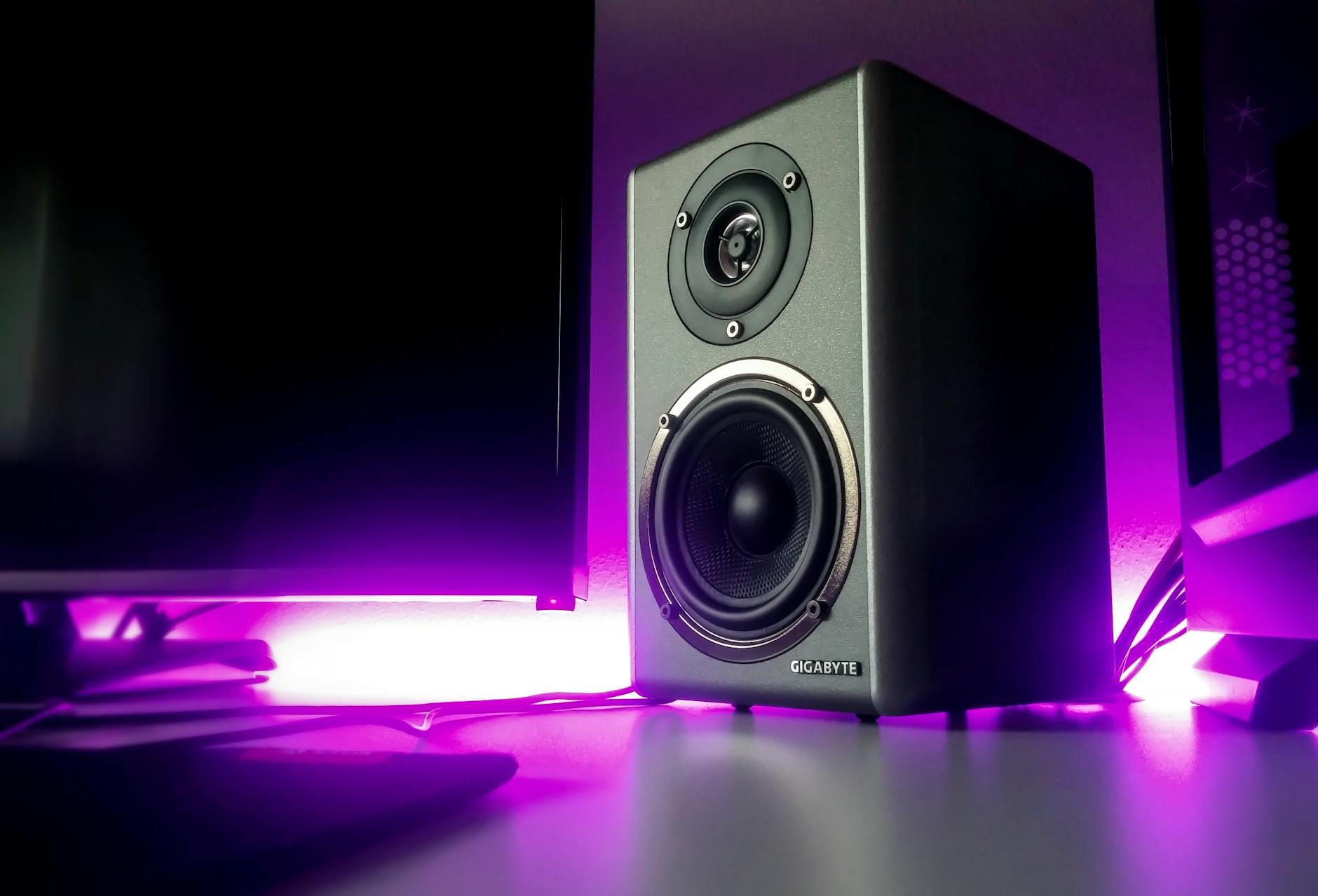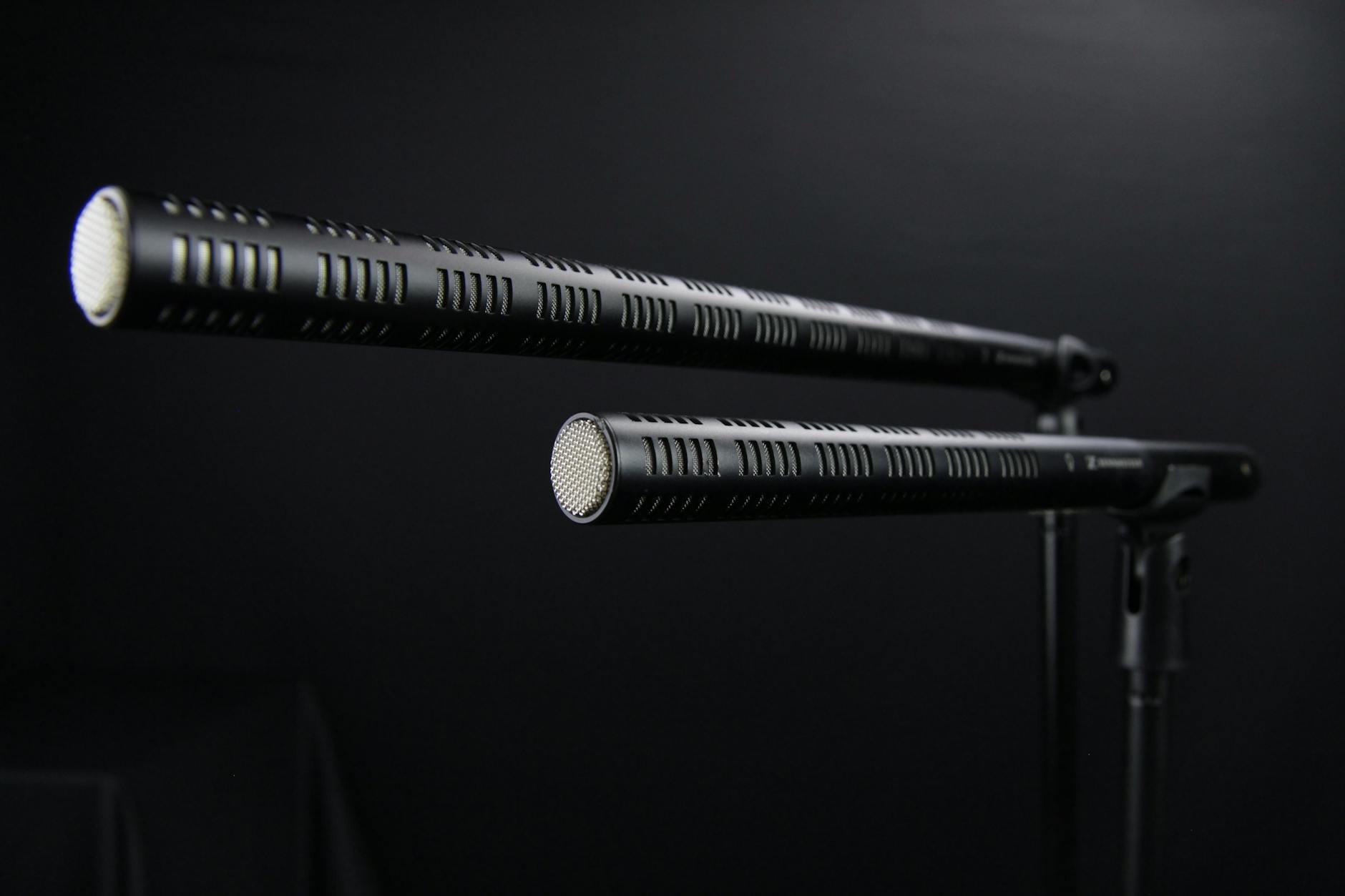Are Australian Schools Ready for the Latest Advancements in Auditory Inclusion?

Current State of Auditory Inclusion
Existing Technologies in Schools
In my work as an education consultant in Melbourne, advocating for inclusive learning environments is a priority, and auditory inclusion is a key part of this. Schools across Australia implement various auditory technologies, such as soundfield amplification systems, to support students with hearing impairment. These systems can significantly improve the acoustics of a classroom and make it easier for all students to access audible content. However, there's a growing need for more comprehensive broadcast solutions that ensure all voices are heard and accessible. When I think of the Melbourne Museum and the interactive sessions at Scienceworks, I'm reminded of how immersive and engaging technology can enhance learning. It’s crucial for schools to harness such technologies to foster an inclusive atmosphere.
Teacher Training and Competency
For effective integration of auditory technologies, adequate teacher training is essential. Many educators are proficient in curriculum delivery but often lack confidence in utilising advanced audio tools. It's paramount that professional development focuses on equipping teachers with the skills to employ these technologies to their full potential. Workshops, like those at the State Library of Victoria, can be instrumental in empowering educators, ensuring they are comfortable and competent in leveraging these tools for enhanced student engagement.
Student Accessibility and Engagement
Ensuring that students have access to appropriate auditory technologies is vital for their engagement and success. Technologies such as monitors for video conferencing can provide alternative means for participation, enabling students to join virtual classes seamlessly. Accessible learning environments promote not only academic achievement but also personal growth, as students feel more included and supported. Encouraging the adoption of these practices within schools can significantly enhance the overall learning experience for every student.
Advancements in Auditory Technology
Latest Induction Loop Systems
As a long-time advocate for enhancing auditory inclusion in educational settings, I've personally witnessed the transformative impact of induction loop systems. These systems ensure that sound is directly transmitted to hearing aids and cochlear implants, making it significantly easier for students to focus on classroom interactions. I've observed such systems at work during workshops held at Melbourne Museum, where real-world applications demonstrate their effectiveness in engaging with diverse audiences. Local schools in Melbourne are gradually adopting these systems, recognising their potential to boost student participation and comprehension.
Enhanced Soundfield Systems
Soundfield systems are another advancement worth considering. By evenly distributing sound throughout the classroom using strategically placed loudspeakers, these systems benefit all students, not just those with hearing impairments. From my experience, particularly during interactive sessions at Scienceworks, this technology supports clearer communication, thereby reducing the strain on teachers' voices and enhancing the learning environment for everyone. Imagine each corner of the classroom, resonating with crisp, clear audio that caters to the auditory needs of each student.
Emerging Classroom Audio Tools
Educators and administrators are increasingly exploring cutting-edge auditory tools, from wireless microphones to portable voice amplifiers. My personal journey through interactive workshops at the State Library of Victoria has highlighted how these tools can revolutionise the way lessons are delivered and received. The focus is on creating inclusive, dynamic classrooms where auditory barriers are minimised. As these technologies evolve, I foresee even more innovative solutions on the horizon, all aimed at enriching the educational experience.
Implementation Challenges
Infrastructure Limitations
When it comes to implementing advanced audio technologies in classrooms, one of the significant hurdles is infrastructure limitations. Many schools, especially those with older buildings, find it challenging to adapt their existing facilities to accommodate new systems like induction loops and professional microphone setups. Retrofitting classrooms for these technologies can require extensive modifications, which often means substantial time and financial investment. This can be particularly demanding for schools that already operate with tight budgets or those in regional areas away from the thriving hubs like the Melbourne Museum district, where resources are more accessible.
Adapting Teaching Techniques
Integrating new auditory technologies also necessitates a shift in teaching techniques. Educators must adapt to using pro audio equipment not only as a tool for instruction but also as a medium for fostering engagement among students. This transition demands comprehensive training and a mindset shift—teachers need to feel confident and proficient when using these technologies to ensure that they are not just an adjunct but an integral part of the learning experience. In my own experience, advocacy for technology-focused professional development has been instrumental in facilitating smooth transitions.
Technical Support Availability
Another challenge lies in the availability of technical support. Schools and educators require reliable tech support to manage issues that arise during the adoption of new systems. Unfortunately, consistent support can be scarce, particularly in smaller institutions or regions that don't have easy access to the tech ecosystem found in places like downtown Melbourne. Without sufficient technical support, even the most advanced systems become just another set of unused resources, underlining the importance of ensuring continual access to expert assistance.
Best Practices for Adoption
Effective Training Programs
When it comes to integrating new auditory technologies in educational settings, effective training programs are key. As someone who's spent countless hours engaging with teachers and administrators, I can attest to the invaluable role that well-structured training plays in enhancing the educational experience. Tailored professional development sessions can empower educators to use tools like recording microphone systems effectively. At workshops, such as those at the State Library of Victoria, participants often gain hands-on experience, making the technology less intimidating and more approachable.
Inclusive Lesson Planning
Building inclusivity into lesson planning means thinking beyond traditional methods. It's crucial to ensure that all students, regardless of their hearing capabilities, are engaged. For example, incorporating acoustic treatments like acoustic panels in classrooms can drastically improve sound quality, making it easier for students to focus and participate. While visiting educational exhibits at places like the Melbourne Museum, I've seen firsthand how a thoughtfully designed acoustic environment can transform a learning space into a more inclusive one.
Continuous System Evaluation
The landscape of auditory technology is ever-evolving, and staying up-to-date is non-negotiable. Regular system evaluations help schools maintain optimal performance and give students access to the latest advancements. Interactive sessions at institutions like Scienceworks highlight the importance of feedback in refining educational tools. By regularly assessing the auditory technologies in use, educators can ensure they meet the standards needed to support an inclusive learning environment.
FAQs on Auditory Inclusion
Addressing Common Concerns
While exploring auditory inclusion, a frequent question revolves around the ease of integrating technologies such as wireless classroom amplification systems without disrupting current school operations. Indeed, I’ve observed that with deliberate planning and phased implementation, schools generally manage to incorporate these systems effectively. Engaging with interactive sessions at Scienceworks can provide a practical perspective on how these technologies are applied in real-world educational settings. Furthermore, teachers often worry about the ongoing costs—maintaining and upgrading the systems. However, grants and funding, particularly in Victoria, can aid schools in absorbing these expenses.
Dispelling Misconceptions
I frequently encounter the misconception that auditory technology only supports students with hearing impairments. The reality is much broader. These systems, including assistive listening devices, significantly enhance the learning environment for all students by reducing ambient noise and ensuring clarity. My personal advocacy in Melbourne schools has involved demonstrating how visits to the Melbourne Museum can be optimised for learning, aided by portable audio systems that enrich the experience for diverse learners.
Practical Usage Tips for Educators
From my experience working with the State Library of Victoria, I’ve found that practical utilisation of auditory technologies begins with training. Regular workshops for educators ensure they’re adept at using these tools to their full potential. Simple strategies such as ensuring microphones in soundfield systems are positioned correctly can make a profound difference. Further, incorporating student feedback on the systems encourages a participative culture, ultimately leading to enhanced student engagement. By adopting these practices, educators in Melbourne can drive significant improvements in inclusive education.


